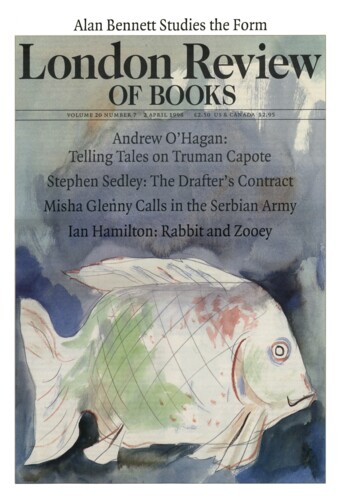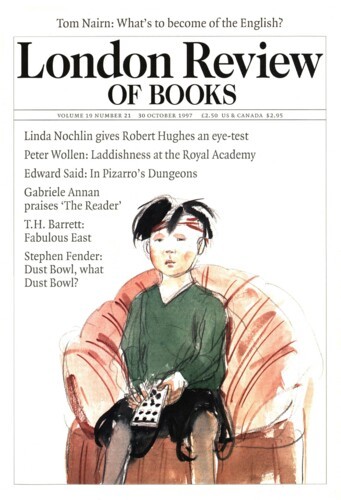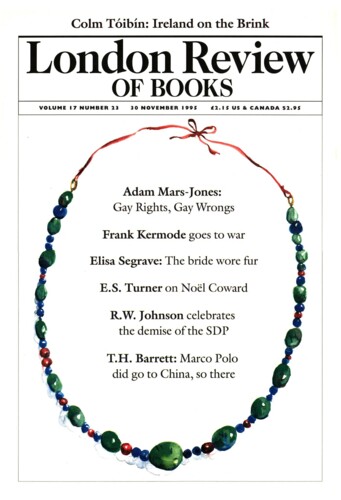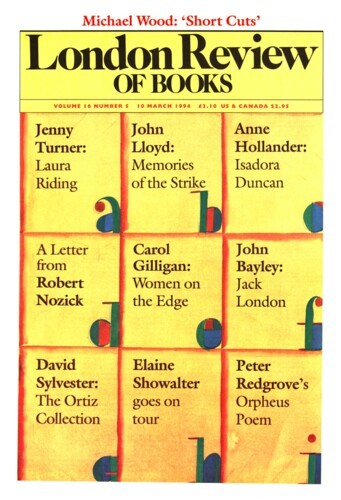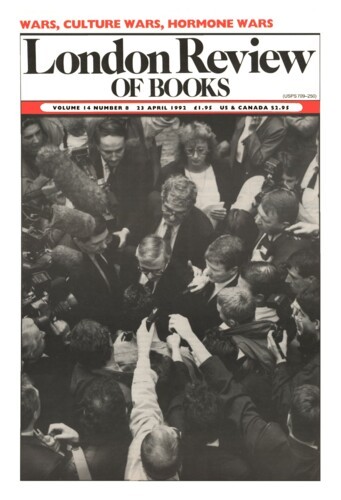Christchurch, New Zealand looks rather a long way away on most maps – somewhere in the bottom right-hand corner, usually – but one can tell, even from London, that the intellectual atmosphere at the University of Canterbury must be something very special, at least in historical studies. Somehow, whether because it perceives itself to be perched on the far edge of European expansion, or perhaps thanks to the comparative lack of distraction from archives in the immediate vicinity, its history department seems always to have encouraged a certain breadth of vision rare in other centres: one thinks, for example, of J.J. Saunders and his writings on the Mongol Empire and its place in world history. This intellectual legacy has been taken up with a vengeance by S.A.M. Adshead, by origin a historian of late imperial China, in recent works such as China in World History and Salt and Civilisation. His latest offering, on Central Asia, wastes no time on its opening page sorting out just what world history is for his purposes – namely, something which came into being circa 1200, the date of ‘what Joseph Fletcher (1934-84), the greatest modern Central Asianist, called the “interlocking of histories”’. This all looks very promising: Joseph Fletcher certainly was the greatest. But since early death robbed him of the chance of ever producing a book of his own, his ideas live on mainly as refracted through other people’s perceptions of what he had to say in his widely scattered writings. The next mention of Fletcher a few pages later suggests that all is not well with this particular attempt to build on the master’s legacy. Here, and throughout Adshead’s book, he is credited with the ‘theory of blood tanistry (from the Celtic word meaning “succession”)’, but what Fletcher wrote was ‘bloody tanistry’, to signify not simply consanguinity (already implied by the word ‘tanistry’) but also the succession of the fittest, which in the harsh conditions of the steppes, and even in some states with nomad origins like the early Ottoman Empire, meant specifically the succession of the most bloody, bold and resolute. This was usually achieved by the Central Asian tanist wiping out all his brothers, and possibly a few other male kinsmen as well, though occasionally a kind-hearted parent (such as Selim, father of Suleiman the Magnificent) would anticipate matters by murdering all his male offspring but one.’
Christchurch, New Zealand looks rather a long way away on most maps – somewhere in the bottom right-hand corner, usually – but one can tell, even from London, that the intellectual...
